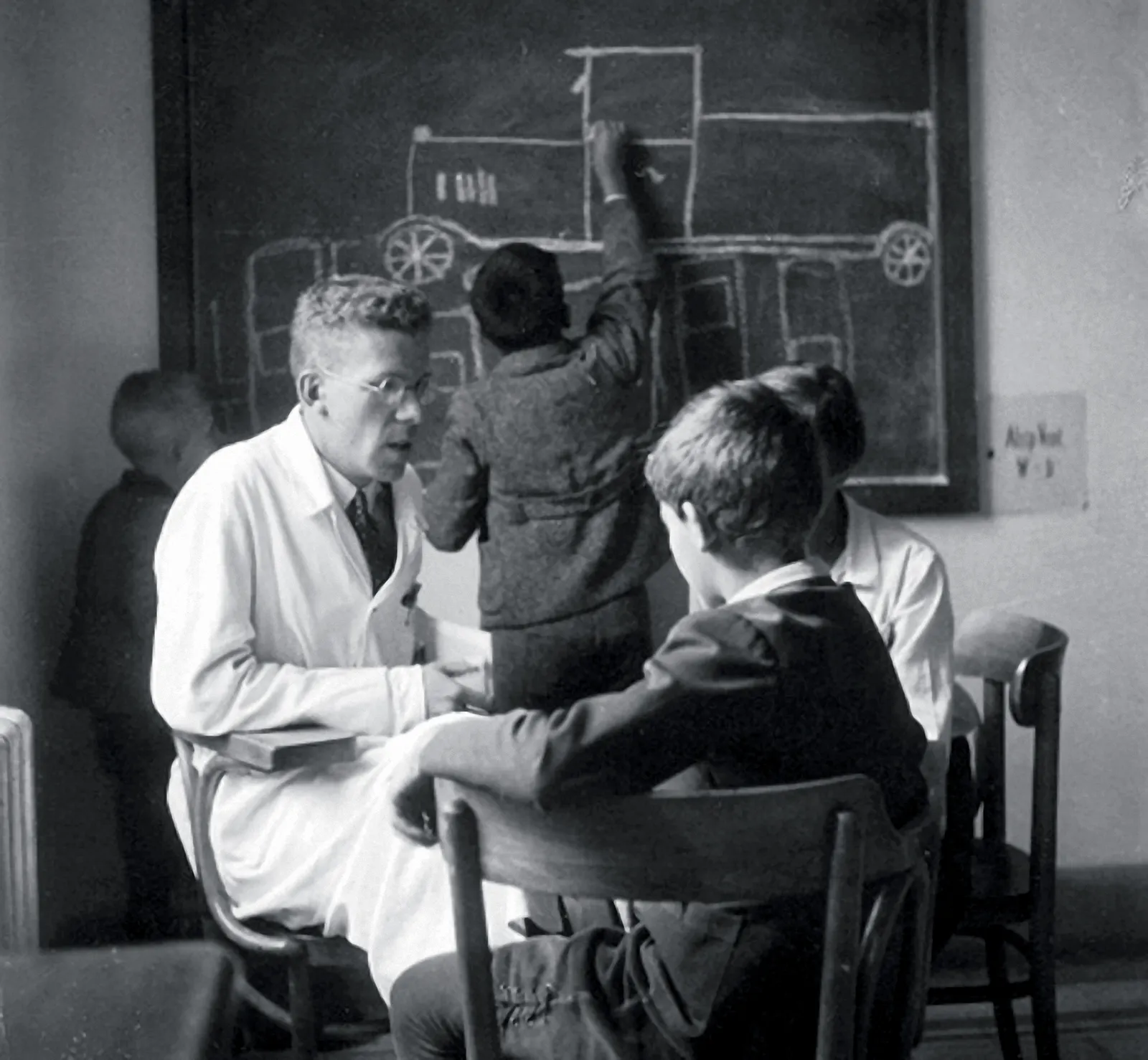A Trip Down Memory Lane
April 15, 2024
Hi everyone! Good news. My week 7 blog post is finally here. More good news. Today, we’ll be continuing down the spiral of non-scientific research, specifically into the history of autism, as we aim further to understand the disorder as a whole.
The 20th century was truly a significant century for autism, often understood to be a “twentieth-century disorder.” Not only were there notable clinical advances in the recognition, labeling, identification, and classification of autism, but there was also the rise of pharmacology for treatment and the increased role of psychiatry for identifying and managing autism.
Early History
The term “autism” was first coined in 1911 by Swiss psychiatrist Eugen Bleuler to describe a group of symptoms he observed in patients with schizophrenia. However, it was the work of two pioneering individuals that actually distinguished autism as a distinct concept:

In 1943, Leo Kanner published a paper describing the behavior he had observed in 11 children (need for sameness, aloneness, obsessions), and introducing the world to “early infantile autism.” At the time, it was common for children exhibiting the types of behaviors Kanner had observed to be classified as schizophrenic; thus, Kanner’s work greatly helped distinguish autism as a separate condition.
Simultaneously, German pediatrician Hans Asperger was writing in parallel with Kanner about the characteristics of children in similar ways. Asperger observed the behavior of four boys, as shown below, who he believed were facing challenges in forming friendships, displayed a general lack of empathy towards others, had clumsy movements, and expressed difficulties with communication. It was also Asperger who noted that children with this syndrome could potentially flourish, and in some cases show signs of genius (i.e. savantism), as well as that autism may exist on a continuum.

Furthermore, while Kanner argued that no single factor could explain the behaviors consistent with autism, a largely influential, problematic theory in the 1960s (long since discredited) was that autism was associated with a certain parenting style, with a cold and unavailable mother leading the child to shut down emotionally. This theory, referred to as the “refrigerator mother,” resulted in many mothers feeling responsible for their child’s condition.
Diagnosis
After decades of advancements in the field of child psychiatry, both scientific and sociopolitical, the Diagnostic and Statistical Manual of Mental Disorders (DSM)-III, published in 1980, recognized autism as a distinct conceptual category.
At this point in the 20th century, the notion of autism spectrum disorder was coined and these triad of impairments, all core characteristics of autism, became part of common clinical discourse:
– Impairments in communication
– Impairments in social interaction
– Restrictive repetitive patterns of behavior
The subsequent 1994 DSM-IV included Asperger’s Syndrome, viewed as distinct to autism; those with Asperger’s Syndrome were seen as having normal or higher levels of intellectual ability.
21st Century
However, the most recent 2013 DSM-5 saw the removal of Asperger’s Syndrome as a distinct classification; while DSM-5 maintained the notion of the spectrum, Asperger’s Syndrome was subsumed under the general category of Autism Spectrum Disorder. Furthermore, the criteria for diagnosing autism also shifted with the DSM-5, with a movement away from a triad of impairments to a dyad of impairments. There were now just two domains of difficulties:
– Social communication
– Restrictive and repetitive patterns of behavior
So there you have it. The history of autism in a nutshell. Stay tuned as we continue to delve into the extensive research, both past and present, surrounding Autism Spectrum Disorder.
“You have to know the past to understand the present.” – Carl Sagan

Leave a Reply
You must be logged in to post a comment.